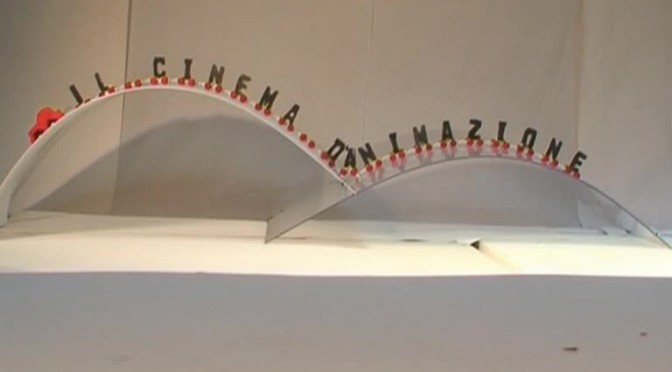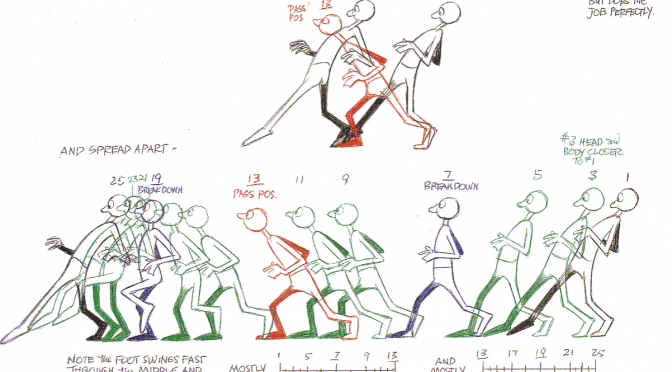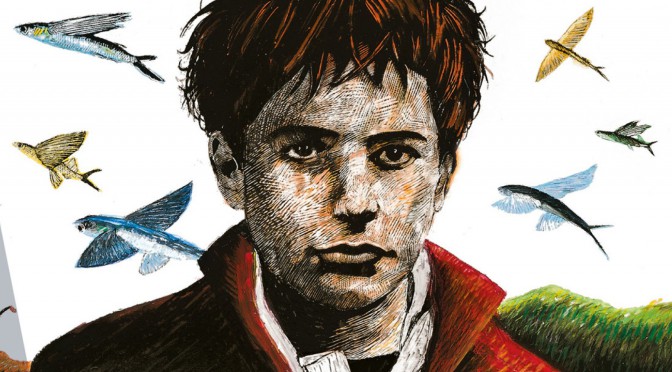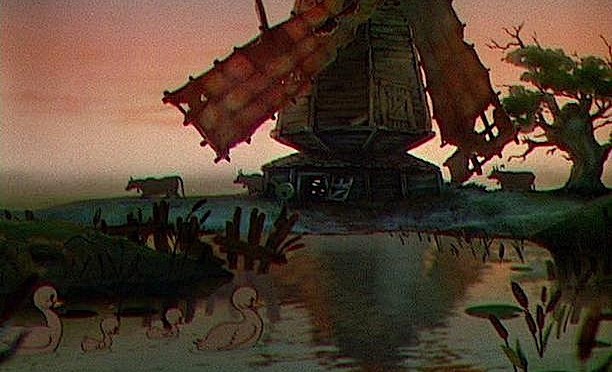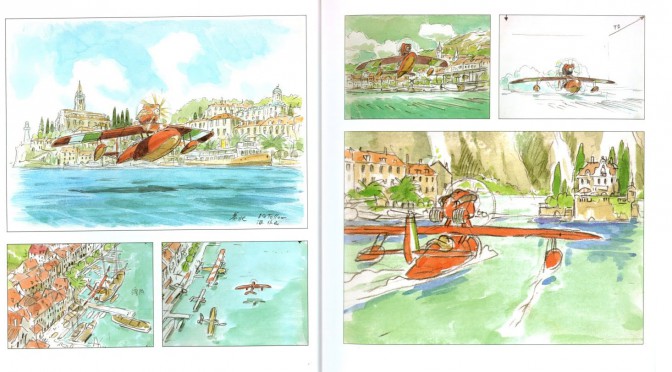Nello spazio della Regione Veneto presso l’Hotel Excelsior vengono presentate le iniziative del Dipartimento dei Beni Culturali dell’Università degli Studi di Padova e del Cinit-Cineforum Italiano riguardanti la ricerca nel cinema d’animazione.
Venerdì 29 agosto, alle ore 18.30, nello spazio della Regione Veneto all’interno dell’Hotel Excelsior al Lido di Venezia, è in programma la presentazione al pubblico delle iniziative legate alla ricerca per il cinema d’animazione promosse dal Dipartimento dei Beni Culturali dell’Università degli Studi di Padova e dal Cinit-Cineforum Italiano, associazione naturale di cultura cinematografica.
In particolare, si presenteranno gli atti del convegno “ Il cinema d’animazione e l’Italia: autori, teorie e stato dell’arte”, svoltosi presso l’Università di Padova il 29 e 30 maggio scorsi e organizzato in collaborazione dai Corsi di Laurea DAMS dell’Ateneo patavino, dal Dipartimento dei Beni Culturali, dal Cinit, associazione nazionale di cultura cinematografica e la S.A.S. – Society for Animation Studies.
Si inaugurerà inoltre il sito internet “Animata-Rete di divulgazione e ricerca sul cinema d’animazione”, pensato come collezione di risorse scientifiche, articoli, bibliografie ed eventi che verranno condivisi direttamente dai vari studiosi, garantendo così qualità e attendibilità dei contenuti.
Tali iniziative si collocano nel quadro di un nuovo impegno scientifico e didattico del Dipartimento dei Beni Culturali nel settore dell’animazione, comprendente anche l’istituzione del nuovo corso di History of Animation, erogato dal 2014-15 in lingua inglese per gli studenti della Laurea Magistrale in Scienze dello Spettacolo e della Produzione Multimediale.
I risultati sinora ottenuti sono stati possibili grazie a Giovanna Valenzano, Direttore del Dipartimento dei Beni Culturali, Rosamaria Salvatore, Presidente dei Corsi di Laurea DAMS, Alberto Zotti Minici, professore associato di Storia del cinema e della fotografia, Marco Bellano, docente a contratto di History of Animation, Massimo Caminiti, presidente del Cinit, Marco Vanelli, Direttore della rivista “Cabiria – Studi di cinema” e Paolo Kirschner, tecnico informatico, webmaster e designer del sito “Animata”.
Sono previsti interventi di Marco Vanelli, Alberto Zotti Minici, Marco Bellano e Paolo Kirschner.
Per la prima volta in Italia, il convegno di Padova ha offerto agli studiosi italiani di cinema d’animazione un’occasione per progettare e conoscersi, partendo proprio dalla produzione animata del nostro Paese, una realtà approfondita da molti esperti nazionali attivi nel settore. Il n. 177 della rivista “Cabiria – Studi di Cinema”, nel Laboratorio intitolato “L’Italia animata. I precursori”, ospita la prima parte degli atti del convegno, comprendente quattro contributi dedicati a momenti fondativi e “pionieristici” dell’animazione italiana: “C’era una volta l’animazione italiana” di Carlo Montanaro, “Un’italiana a Parigi: Leontina “Mimma” Indelli ” di Giannalberto Bendazzi, ”Burattini animati. Le avventure di Pinocchio nel cinema animato italiano” di Anna Antonini e Chiara Tognolotti, e “Sogni di bimbo a passo uno. L’animazione nel film muto italiano di propaganda bellica (1915-1917)” di Denis Lotti. Nel n. 178 della rivista “Cabiria – Studi di Cinema” saranno pubblicate le altre relazioni presentate al convegno, a conclusione del quale sono state poste le basi per la prosecuzione del dialogo e della collaborazione scientifica tra gli studiosi.

